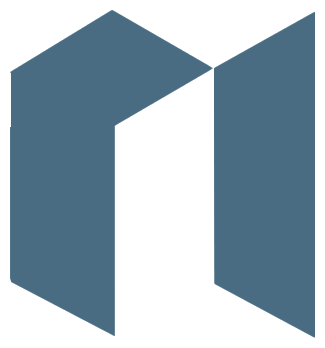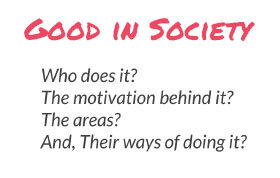
Optimizing the intertwined fabric (system) of Social Service in India using Design Thinking
Understanding the intertwined and interconnected fabric of Social Service in India and using Design thinking to make it more efficient, functional, collaborative and organised.
Overview
In this project, we embark on a journey to understand how the interwoven and interconnected layers of fabric of Social-Seva or social-service interact and impact each other. We explored how this complex system can work efficiently through collaboration and empathy by applying the format of Design thinking.
We intended to explore the possibilities of how social initiatives can be more effective rather than just efficient. Introducing design interventions in existing systems through self-initiated impact assessment and contextually validating design processes and methods while keeping in mind that existing systems and processes need to be respected and celebrated.
My Role
I teamed up with a group of graduate students of the MDes Product Design programme of the National Institute of Design, Ahmedabad. With the guidance of Prof. Praveen Nahar, we drove the project.
My responsibilities involved driving the research process and extensive research of the existing complex systems, approaching stakeholders, organising design thinking workshops, aligning project scope, ideation, system mapping and documentation.
Design School
Duration & Responsibilities
3 Months (Feb to Apr, 2016)
Research, System Design, Service Design, Strategy
Setting Context
In India, there are 31 lac NGOs. That means almost 1 NGO for every 600 people of a total of 1.2 billion people today. Therefore looking at the current situation in the country, individuals, groups of individuals and social organizations and initiatives need to be much more efficient and effective. It needs an active collaborative effort from the country’s idea-rich growing population. People who are willing to do any kind of Social service be it individuals, groups, corporates and social organizations, need to be much more efficient and effective. needs active collaborative effort from the country’s idea-rich growing population. (all data in reference with 2016)
The Brief
To meet individuals, group of individuals and organizations doing an act of good in the society and identify and identify opportunities for implementation of system design thinking in order to enhance the processes and help them realise their goals efficiently and effectively.
The Challenge
With a country of 1.2 billion people and 3.1 million Non-profit Organizations operating within the country, we needed to understand the complex chaotic system of Social Service in India. With that in mind, we wanted to explore the various areas of Social good existing and in-demand in society. We wanted to understand what are the driving factors in people’s minds for doing any good for society, what are the different ways people and organizations take to give back to society. What are the different types of organizations intending to do good for the people? What is the vision, driving factors, efficiency and effectiveness of these organizations? How do they function and generate revenue and donations? Identify the area in these organizations which can be optimized.
We had to understand the complex and chaotic existing system, visualise the big picture, identify inefficiencies and scope for the betterment and use Design Thinking to redraw this picture with systemic models of solutions that fit on different layers of this system
Project Outcome : Design Proposals
At the end of the project after many days of researching, making discoveries, visualizing the big picture, ideating. conceptualizing and planning the solutions, We had come up with multiple solutions which could enrich the system of doing good in India.
Co-creation Workshop Toolkit
Models : Service, Policy & Future System
Design Thinking Workbooks
Social Innovation Trigger Cards
Social Innovation Opportunity Cards
Idea Banks
Outcome 1 : Co-creation Workshop Toolkit
This Co-creation Workshop toolkit was provided tips on various kinds of exercises that can be done to increase empathy between the volunteer and the underprivileged. These activities also led the underprivileged to realise the value in the help that is given to them. The intent was also to bring structure to the existing system of the organization. Apart from all these things, it helps volunteers understand the value they provide to the organise, generate ideas for betterment etc.
Outcome 2 : Service, Policy and System Models
System Model for existing organizations.
Service Model for working of an organization. Click to enlarge.
Policy model for the Government. Click to enlarge.
Outcome 3 : Design Thinking Workbook
This workbook is intended to facilitate the process of doing social good in society through design thinking made by co-creating or co-innovating with society. The workbook contains various triggers and methods in the form of basic guidelines and worksheets to implement design and system thinking into a process to make initiatives socially effective.
Find this book here
Outcome 4 : Social Innovation Trigger Cards
Social Innovation Trigger Cards are a set of ideas triggers or action triggers that are designed to facilitate the process of ideation to make a social organization or an initiative more effective in realizing its vision. These cards can also be used to decide criteria or processes to assess the impact a social initiative has on society.
Get these cards here
Outcome 5 : Social Innovation Opportunity Cards
Social Innovation Opportunity cards are the gateway to improving the various systems and processes of social service by provoking thoughts and generating directions to venture into.
Get these cards here
Outcome 6 : Idea Bank
This idea bank is focused on exploring some of the opportunities and suggested solutions that we learnt during our study on how a social initiative can be made more effective to reach out to its beneficiaries, understand their existing resource stock rather than just the flow, and influence life and society both locally and globally. These ideas are based on our case studies of different individuals and organizations doing social good with their visions, methods and resources.
Find this book here (Page 24 onwards)
Research
Secondary & Primary
For secondary research, we started looking for different acts of kindness where people try to help society. After a lot of research over the internet, we found these statistics (data from 2016).
After researching the internet for multiple days we decided to step out into the society and get into the minds of our users, the society.
The Catch: If one goes out to people with direct questions about doing good for society, most people answer “I agree" and “I want to”. So we crafted some indirect ways to understand our users. The carousel below showcases all our research methods.
Case Studies
We visited various NGOs, Individuals or anyone with a social initiative who were working in different categories of social service. We studied their ways of operating using different tools and methods.
We were looking for
Who are they?
What is their projected goal?
Who are they catering to?
What are their methods and processes?
What are their experiences from their journey?
Critical Observations
Strengths and weaknesses
Opportunities for Design Thinking implementation
Probable threats
Impact on the society
Learnings from their journey
Example of a case study
Some stills from Research
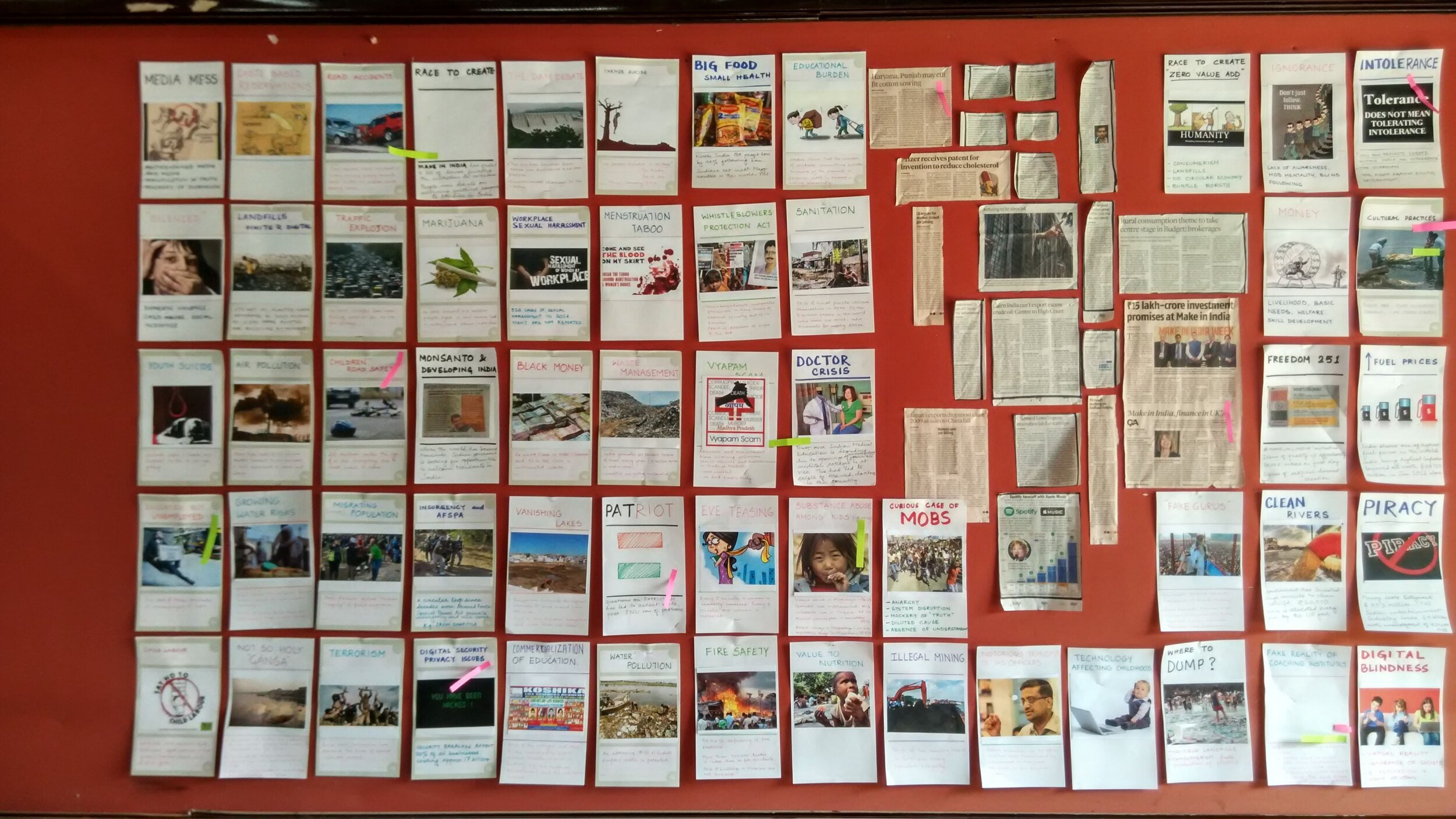


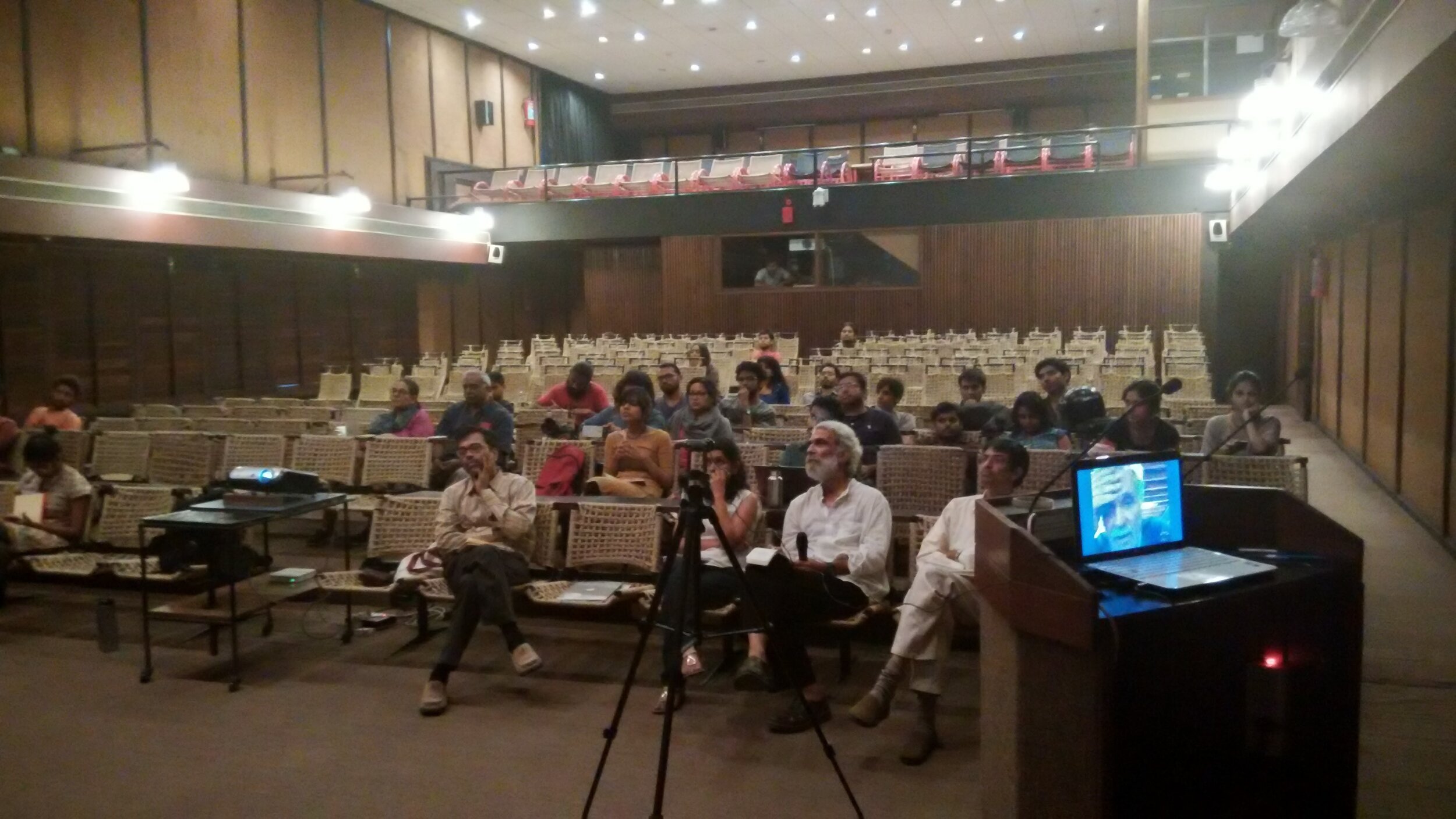








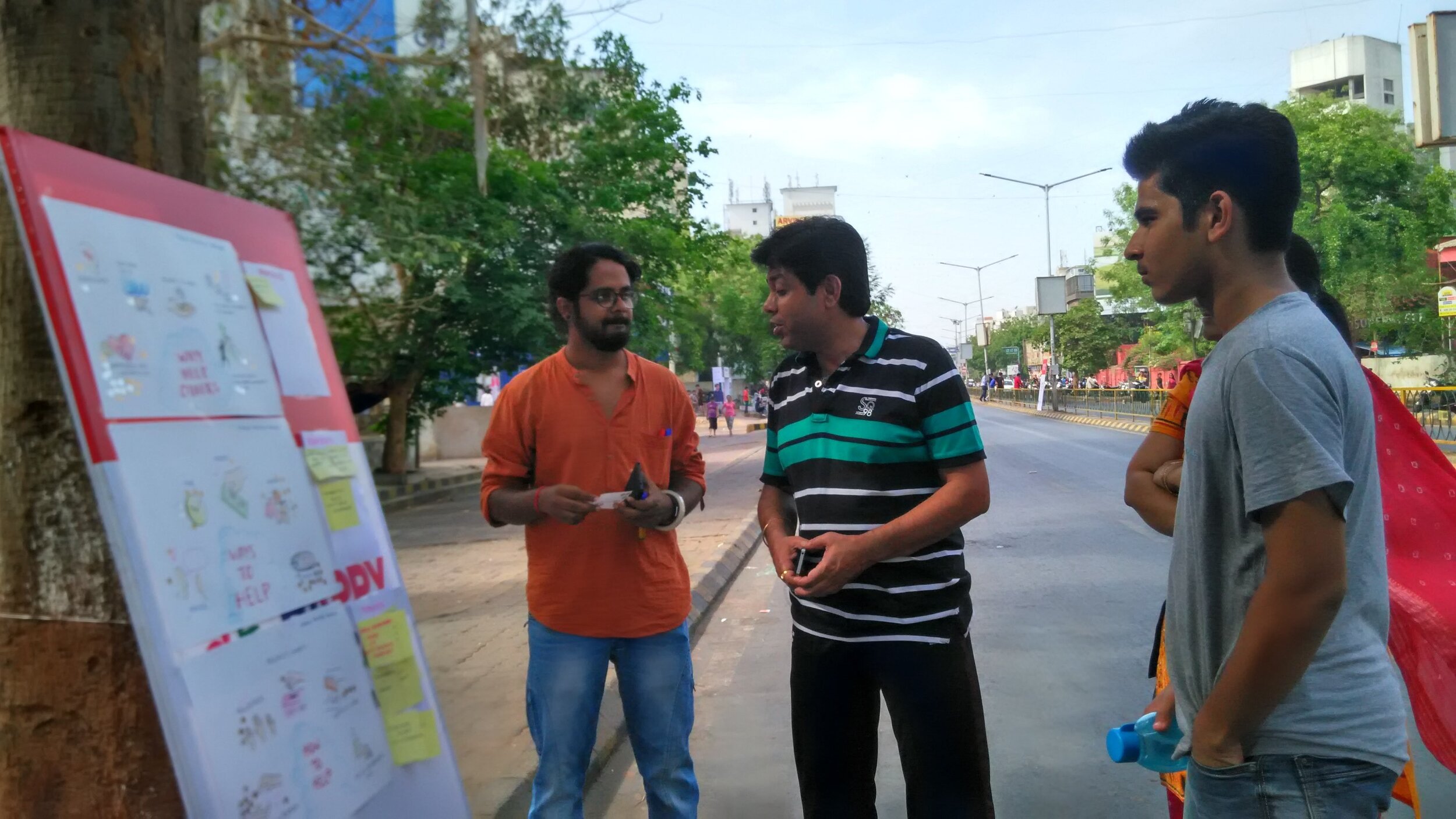
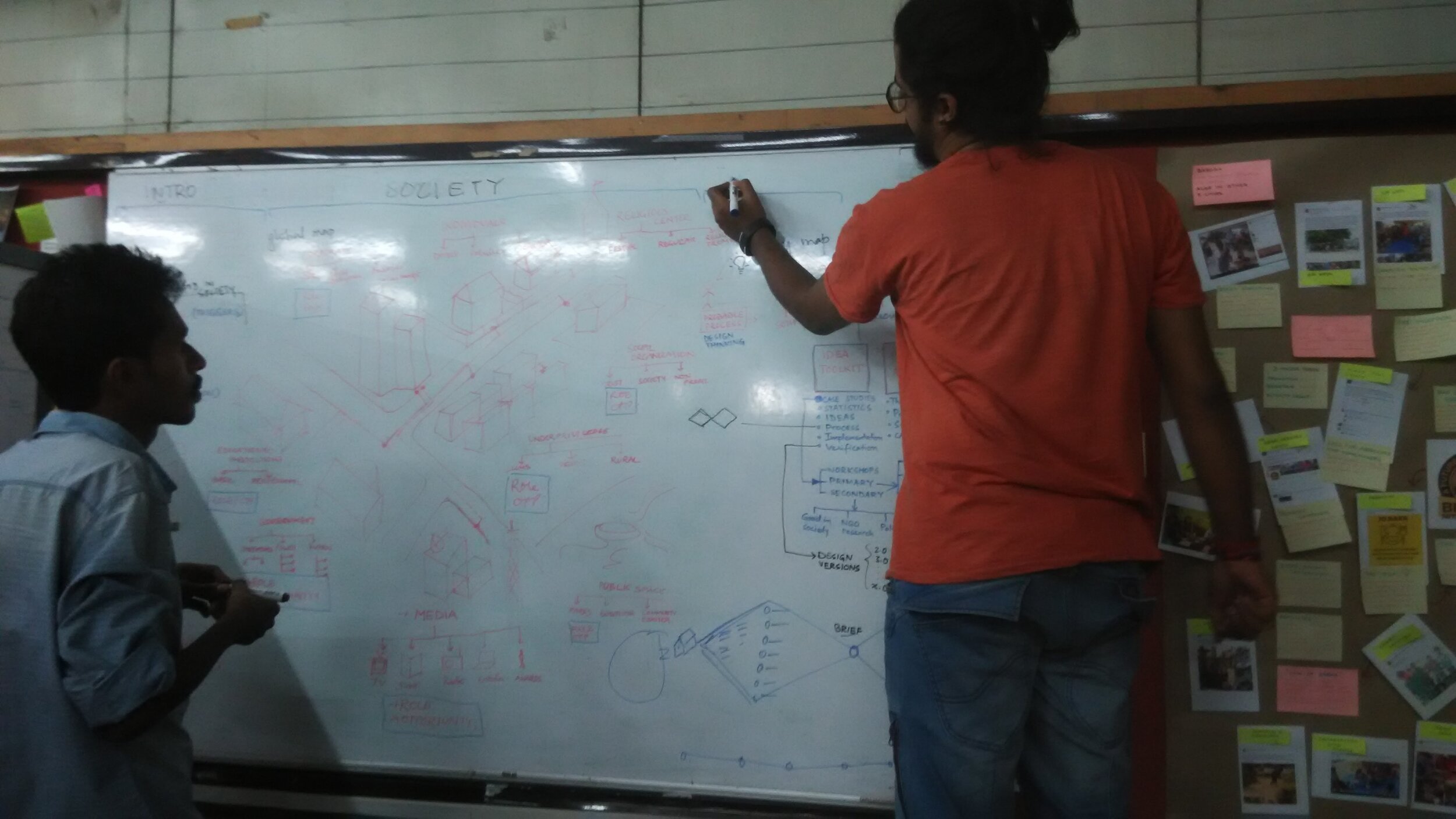






Challenges Mapping
Based on the primary research, secondary research and case studies the challenges faced by a social service organization/groups/individuals was mapped. To give structure to the thought process, the challenges were divided into seven major parts that are crucial for an organization of any scale.
Project Outcome
The project outcome has been described on the top section of this project. Scroll up or click here.
The Giga Map
To communicate the implementation of systems thinking in this project, the whole study was mapped in one single map to get an easy overview of the journey and related learnings. To culminate all the research findings, inferences and design proposals in one single map was a complicated task. We had to plan the layout properly. Finding the best-suited metaphor, connections and solutions.
The Metaphor - A macro view of the society helps us learn that the act of doing social good is concerned implicitly with almost all sections of the society and one needs to understand these interwoven connections vividly for creating an effective social initiative.
The Giga map was finally designed keeping in mind the readability, font sizes, hierarchy. A soft pastel colour palette was decided so that the whole map is pleasant to read when printed in true size. QR codes were given at relevant places for the users to find more information if they needed it.
Due to the extremely large size of the Giga map, it is impossible to view it on a limited screen. Click here to download a full resolution image.








Documentation
A complete documentation with all research, findings and solutions was a part of the project.
This document can be found here
